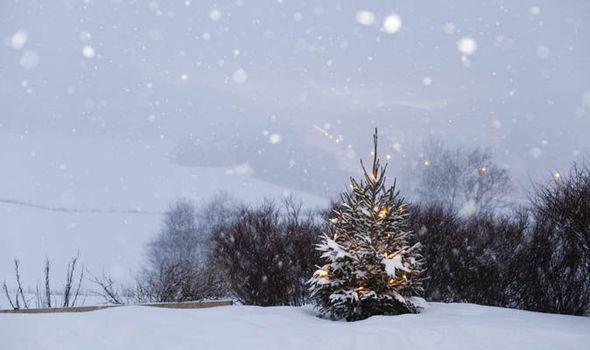It's been a while, its a new year, and a new greener you, if you'd like to.
I've decided to introduce a new element to this blog, which is more about green living and how you can do lifestyle choices that is helping us taking care of our common earth.
For me, one of my contributions this year is that I will not buy any new clothing in 2017. This is because of the awareness I have gained over the past few years about how the textile industry works and the enormous effects this has on our climate. For a more in debt about this, see my last blog post: http://theclimateschool.com/news/2016/11/30/black-friday-and-over-consume-of-clothes
I do believe this is going to become a challenge, even thought I do know I have what I need in order to physically manage it. The biggest challenge, the way I see it now, is to overcome the constant offers that the advertising world is constantly imprinting in you that you need. I read somewhere that earlier we used to talk about the four different seasons. Now, clothing advertises the year like every new week is a new season, which is insane. However, these things are effective, and just the other day when I was walking down the street, I saw a long warm looking black skirt, and immediately thought ‘that was nice’, then I remembered the vow I had given myself and thought about alternatives to buying this new skirt, and straight ahead I recalled a long black skirt I had from four years back that could do the job! So solution number one: See what I already have that can be used.
The second challenge that I think can become a fall mine is that sometimes one buys stuff out of boredom. Although, now that I am aware of this, I will rather used the time and money spent on something more lasting; like spending time in nature! The nature is of course free, but sometimes it can cost a bit to travel to the more remote areas. This is where the saving aspect of not buying any new clothes come in. I went over my online receipts for 2016 and found out how much I used on clothes that year, and it came to the sum of 4480 NOK. From my perspective, who is someone who considers oneself as not that materialistic, I was quite shocked. It is tempting to come with three explanations as to why the number was this high:
- In 2016 I gave away half of the clothes I owned in the first half of the year. If anyone else is getting inspired by a minimalist lifestyle, as I am currently, I will write another blog post on how minimalism can help you to become more green in your choices. However I would also state that if you do decide to get rid of a lot of clothing, do not throw it away in the bin, donate it to somewhere you know the items will be taken care of, as too much textiles in the garbage is another severe environmental problem.
- There was a holiday in 2016 that I was on where I arrived to the final destination, whereas my suitcase did not. This was in January, and it was rather cold, so I had to buy a new outfit from top to bottom.
- After having given away half my wardrobe in the first half of 2016, I came to realise that a few essential things, like trousers, where now currently missing from what I had left, so that needed to be bough in order to cope with the cold winter of Norway.
After having reflected on the clothes that I did need to buy, I am still thinking that I must have bought things I did not necessarily need. This is one of the insights I am hoping to get this coming year, what you really need. When you limit your purchase of new resources, you become more creative with what is already available to you. At least that’s my theory. On the bright side, the amount of money I spent on clothes in 2016 could buy me a trip I am planning with a good friend travelling from Oslo to Lofoten, even in an environmentally friendly way. If you come to look at your spendings that way, I am sure you would end up with better memories from an experience like that, instead of yet another pair of black jeans.
A third challenge I have thought of is this - but what about presents? Will I not be able to give gifts that are textiles this year? There will come a Christmas towards the end of this year as well. For the time being, I am thinking no to soft gifts this year.
Something constructive I have thought of that can come out of this years experiment is that I want to learn how to knit after a pattern. I haven't tried it yet, and when I manage it, I will be able to produce things myself out of wool this year.
These are the premisses for my shopstop 2017. So far these are the challenges I see as most likely. Other solutions during the year will of course be to for example borrow say, tour equipment should I need that. On the top of my head I rememberer that I don't own a sleeping bag, but I know someone who does. I am exited about this project, and when I have something to report along the way I will, and then when the year is finished give a full review of how it turned out.






















